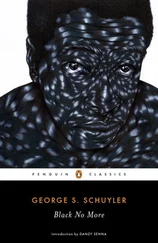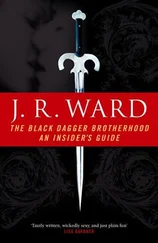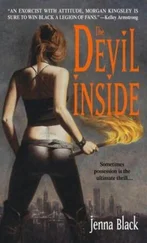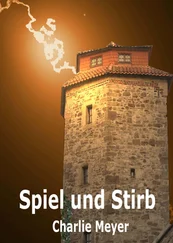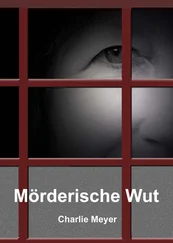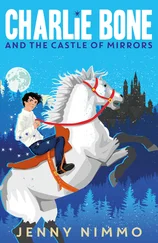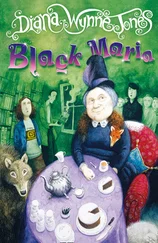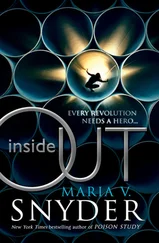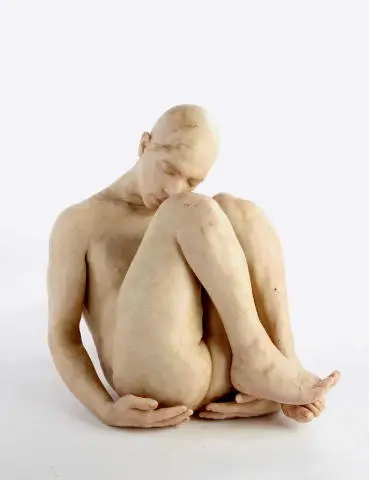
The model of android Ash, shrinkwrapped and boxed as well as in the bath, before being activated.
Annabel Jones:Martha and Robot Ash’s interactions mirror the stages of online dating. First they text. Then they ring each other. And then they meet. Felt very fitting.
Robot Ash was based on real Ash’s online persona, so a lot of Robot Ash’s limitations and annoyances stemmed from that. So when Robot Ash struggled to read Martha’s moods, he carries on wisecracking. When Robot Ash shares the photo of himself as a young boy at the safari park, he’s making light of something tragic. Although there was some upside: as we tend to only upload our best photos it meant Robot Ash came back slightly more handsome!
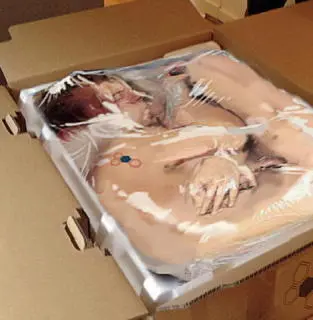
The model of android Ash, shrinkwrapped and boxed as well as in the bath, before being activated.
Owen Harris:Domhnall and I talked about how much to play Cyborg Ash like the real Ash, and he was generous enough to allow me to play it both ways. I might suggest a little more Ash, or a little more cyborg, depending on which way the scene needed bending. This allowed me to fine-tune just how Ash-like the cyborg was, because in the end you want to care about him, and it’s a great accolade to Domhnall that you do.
Charlie Brooker:Martha’s whole predicament is having a version of Ash that isn’t him, but it’s enough like him that she can’t just throw him away. And she can’t teach him to be him, so she’s stuck and there’s no solution to the problem. For a while, I became obsessed with psychics who profess to communicate with someone’s dead relative. Because surely the relative, on some level, knows it isn’t really happening, but it’s like comfort eating. I can understand why you’d do it, but surely it can’t be helping.
Hayley Atwell:I still don’t know how I feel about the idea of this resurrected android fiancé. It would be both horrendous and comforting, perhaps. It’s an impossible situation and that’s what makes it compelling. Martha’s grief pushes her into taking actions I doubt she would ever have anticipated. At first she resists this ‘grieving tool’ and thinks it’s sick and disrespectful. Then, alone in that house and in total despair, she becomes desperate for some sort of balm. Some contact with the dead to lessen her pain.
Owen Harris:I find the idea of bringing a loved one back as a cyborg totally horrifying. But for the story to work we had to infuse it with a sombre romance. Martha needs this so much, and she’s being given the opportunity to have Ash back. But you’re always going to be faced with something that is so much more cyborg than it can ever be human. And then the horror comes from the notion of having to ‘delete’ him.
Annabel Jones:The scene where Martha finally accepts that she can’t live with robot Ash anymore, on the cliff edge, is one of the most emotional and poignant things Charlie has ever written. Just heart-wrenching.
Owen Harris:We went round the houses a few times on the ending, but I think we pretty much ended up where we’d started. A big part of the success of Black Mirror is the logic Charlie applies to his outlandish ideas. He’s happy to examine the narrative, as long as it doesn’t affect the logic. That’s not to say that we always 100 per cent agree on the logic that’s being applied, but on the whole it’s good to have something solid to push up against.
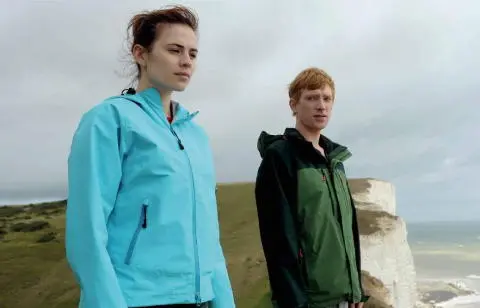
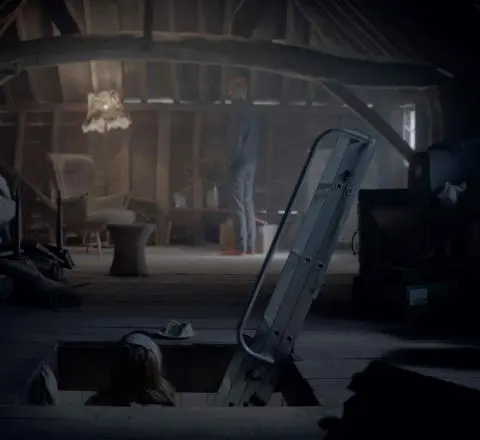
Owen Harris:The ending, I never found optimistic. It always disturbed me a bit. But I liked the way it was unresolved, for Martha especially. She just couldn’t hit delete. Nor could she live with him. It was also a bit spooky how Ash had now become a part-time dad, or a part-time toy, in the attic. I would often console myself with the idea that a whole bunch of people out there might rather like the idea of a manufactured version of their partner, with only the best bits – and utterly malleable to their every whim and desire!
Annabel Jones:I think Owen wanted them to have a family dinner downstairs. We preferred the idea that Martha’s compromise was allowing her daughter to interact with her dead father once a week, as a special treat at the weekends.
Charlie Brooker:When Martha’s standing at the bottom of the ladder, having a thousand yard stare moment, she’s thinking, “What the fuck has my life become?” Because she’s sort of trapped.
Hayley Atwell:She’s numb. I’d even suggest she’s been medicated. Her grief has been replaced with having to manage this thing which is not him, but enough of him to keep in the house. It’s a very pessimistic ending, but Be Right Back is moving and smart and deeply disturbing. I’m very happy to have been a part of it.
Charlie Brooker:Ash in the attic was one of the most expensive shots in this whole series! Domhnall was about to shoot something else, and at that point in the schedule he had a beard that contractually we couldn’t shave off.
There was some debate about whether an android would grow a beard, and whether it could be useful in conveying that he’s been up there for a while. But ultimately we had to CGI out the beard. So the bottom half of his face is a fucking CGI reconstruction. It’s a nightmare, because he’s talking and he’s walking through shadows and light. We were really worried for quite a while, because we saw early versions and thought it just wasn’t going to work.
No-one’s ever gone, “That’s weird, what’s up with his face?” But if you’re looking for it, you can see something a bit weird’s going on.
I’m really fortunate, because very rarely have I had to go through the grieving process. So I was particularly nervous about writing Be Right Back . But sometimes people who are grieving find it too painful to watch. Either that, or they find it cathartic.
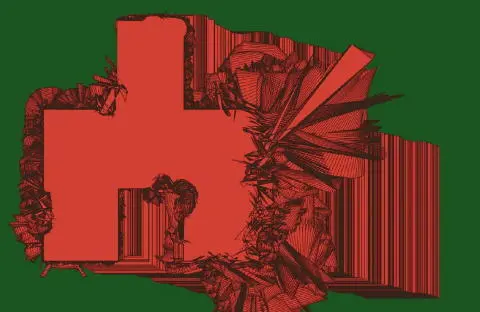
WHITE BEAR
In Conversation
Charlie Brooker – writer and executive producer
Annabel Jones – executive producer
Carl Tibbetts – director
Barney Reisz – producer
Joel Collins – series production designer
Shaheen Baig – casting director
Jon Opstad – composer
Victoria wakes up in a suburban bedroom, with no idea of who she is or how she got here. A strange television signal is turning members of the public into impassive voyeurs who film her with their phones. With only a survivalist named Gem to tell her what has happened to the world, Victoria must flee a roaming group of psychotic hunters while trying to remember the truth of her own identity.
Charlie Brooker:I can absolutely trace back to where White Bear came from. We were shooting a scene in Dead Set , where our actor Riz Ahmed was running up the road being chased by zombies. Some local kids turned up, just to watch what was going on. They got their phones out and started taking photos rather than video, this being 2008. So Riz runs past and they don’t help him because they’re taking photos. I was struck by that as an image: everyone just casually standing around. Not even enjoying it, apparently, but bored as they film your discomfort. I thought, “God, there’s something more frightening about that than what we’re filming.”
Читать дальше






